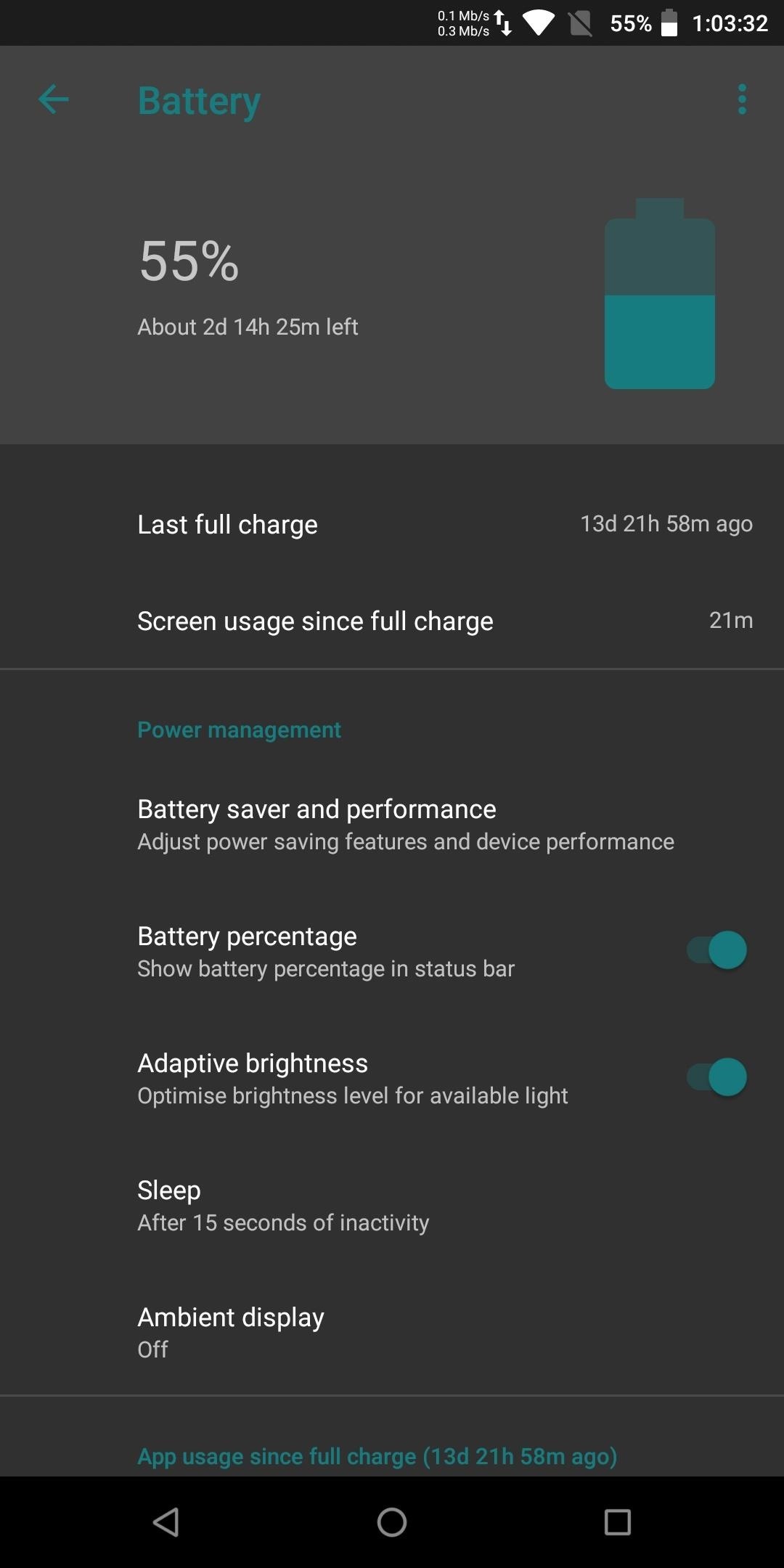On August 1, Google Play started requiring new app submissions to target at least Android 8.0 Oreo’s API. Then, as of November 1, all updates to existing apps were required target the same API. While at first glance, this change may mean little to you, it will have a profound impact on Android. Now, your favorite apps will be getting better.
When an app is created, the developers choose a target API based on the different version of Android. The version they target dictates the tools available for creating the app. These tools include improvements to how background data is managed, how permissions are used, security features, and various other features that improve the experience of the app, and in turn, the overall performance of your device.
Many existing apps don’t target the latest version of Android. Reasons range from an unwillingness to dedicate the time and resources to avoiding new security features. But with Google’s new policy, they will have to utilize many of Oreo’s new tools. And as a result, more apps will let you take advantage of the latest features available in Android, making each new OS update more meaningful.
Better Battery Life
Google has consistently been adding improvements to Android to reduce battery consumption. With odler Android versions, apps could run virtually unchecked in the background, free to maintain data connections and consume resources such as RAM and CPU while eating away at your battery.
With Android 8.0 (or API level 26), apps must now implement Background Execution Limits. With very few exceptions, apps will be considered idle any time you’re not actively using them, and they’ll be prevented from starting new services in the background. Only under specific circumstance can a background app can be given a temporary window to launch necessary services without limitations.
Once your apps have been updated to target Oreo, they won’t be exempt from these rules anymore. As a result, you should see a noticeable jump in battery life.


Another improvement introduced with Oreo is Broadcast Limitations. System events (such as the Wi-Fi radio turning off) trigger these broadcasts, which are used by apps for different purposes. Previously, if an app registered to receive broadcasts, each event would alert the app and consume the battery. However, with Android Oreo, unless the broadcast specifically targets the app, it can no longer receive it.
More Split Screen & Picture-in-Picture Apps
When targeting Oreo, multi-window support can now be easily implemented. First introduced in Nougat, multi-window can take one of two forms. The first is split-screen mode. With split-screen mode, we can take advantage of our phones’ larger displays by viewing two apps simultaneously. Expect many more apps including support for this feature, as it’s a simple addition as long as the app is targeting Oreo.
The other form of multi-window support comes specifically in the Oreo API. Picture-in-Picture mode lets you view content (typically video) in a small floating window overlaid on top of another app. Currently, the list of apps supporting this feature is small in comparison to the number of apps providing video playback. Starting November 1, expect an influx of video apps that support this feature.
- Don’t Miss: Every Picture-in-Picture Compatible Android App


Improved Support for Different Screen Layouts
Even if you hate this new trend, display notches are officially a thing as OEMs continue to push toward higher and higher screen-to-body ratios. However, earlier versions of Android don’t know what to do with the display notch, and as a result, apps are displayed incorrectly. Targeting Oreo fixes this problem, as it accommodates various display notches, ranging from as small as the Essential PH-1 to longer ones like the rumored Pixel 3 XL.
Speaking of how apps are displayed, Oreo also allows developers to properly format their apps for different aspect ratios. Since 2017, the industry has moved to 18:9, and thanks to display notches, we’re even seeing obscure aspect ratios such as Essential’s 19:10. Without optimization, apps either get obstructed by system UI elements like the navigation and status bar, or they simply don’t fill out the entire screen, leaving a black bar at the bottom. When apps start targeting Oreo, this will no longer be the case.
Better Notifications
In Oreo, Android introduced Notification Channels. Notifications from each of your apps can now be organized by type, and each type of notification from an app can be customized to your preference.
For example, the Twitter app gives you separate notification controls for tweets, DMs, and all the various other types of notifications you might get from Twitter. Each of these notification “channels” lets you tweak the importance of that type of notification, whether they are audible, use the notification LED, and more.
Currently, only a handful of apps support this feature (mostly Google-developed apps), but now all apps will be taking advantage of this new tool (unless they don’t plan to ever send an update to their app).


Less Malware
The Play Store’s malware problem should also be less prevalent than years past. Specifically, apps accessing permissions they don’t need will have a harder time preying on users. With the Oreo requirement, apps will have to abide by all the latest security measures Android includes to protect its users, including asking approval for every permission requested. For more information on how targeting Oreo combats malware apps, check out the link below.
Forcing developers to target Oreo is a big deal for Android. Project Treble is already solving the fragmentation problem for devices by making it much easier to update. By requiring apps to target the latest version of Android, the community can now enjoy more of Oreo’s new features after receiving the upgrade.
- Follow Gadget Hacks on Pinterest, Reddit, Twitter, YouTube, and Flipboard
- Sign up for Gadget Hacks’ daily newsletter or weekly Android and iOS updates
- Follow WonderHowTo on Facebook, Twitter, Pinterest, and Flipboard
Hot Deal: Set up a secure second phone number and keep your real contact details hidden with a yearly subscription to Hushed Private Phone Line for Android/iOS, 83%–91% off. It’s a perfect second-line solution for making calls and sending texts related to work, dating, Craigslist sales, and other scenarios where you wouldn’t want to give out your primary phone number.
“Hey there, just a heads-up: We’re part of the Amazon affiliate program, so when you buy through links on our site, we may earn a small commission. But don’t worry, it doesn’t cost you anything extra and helps us keep the lights on. Thanks for your support!”










